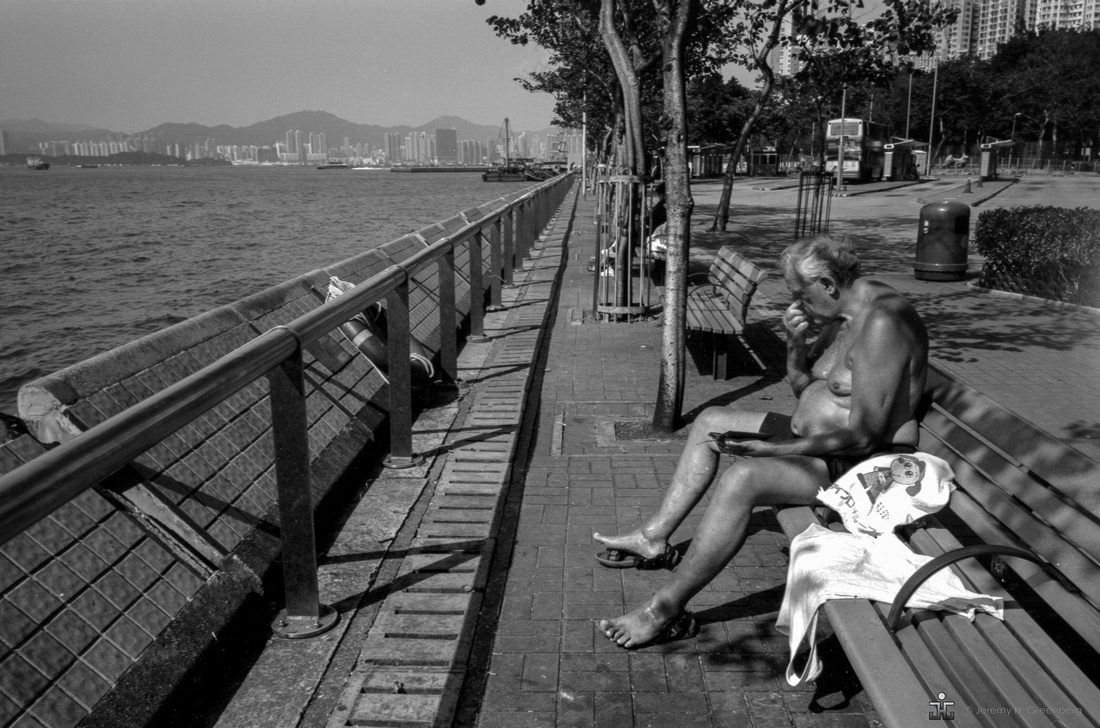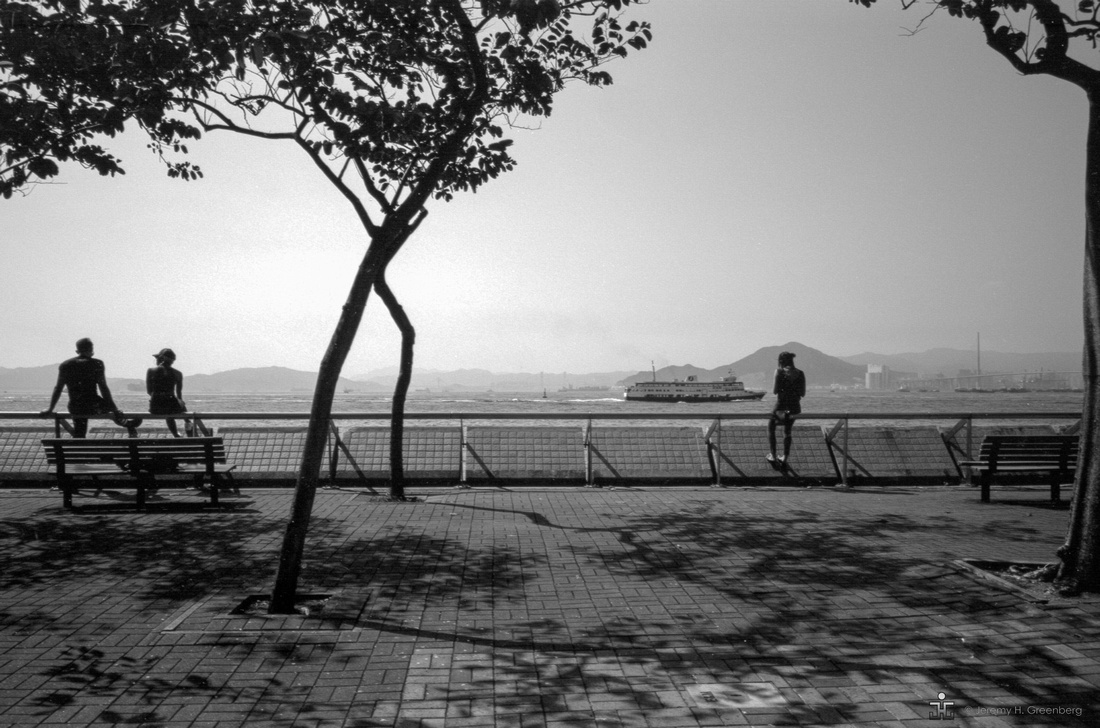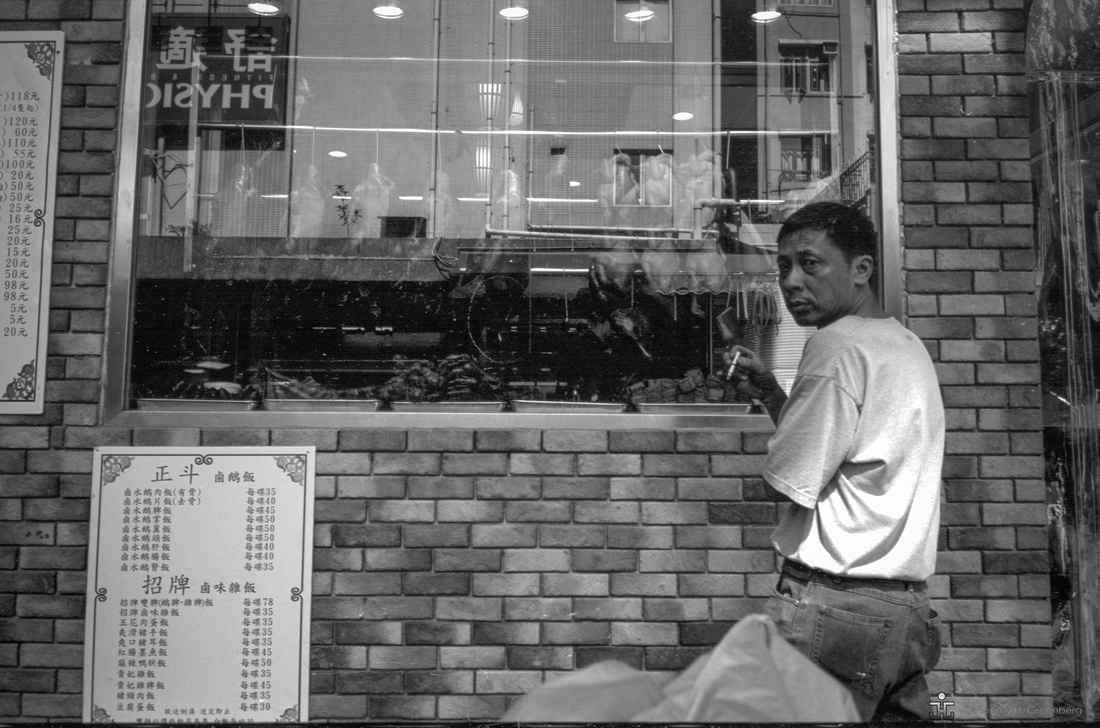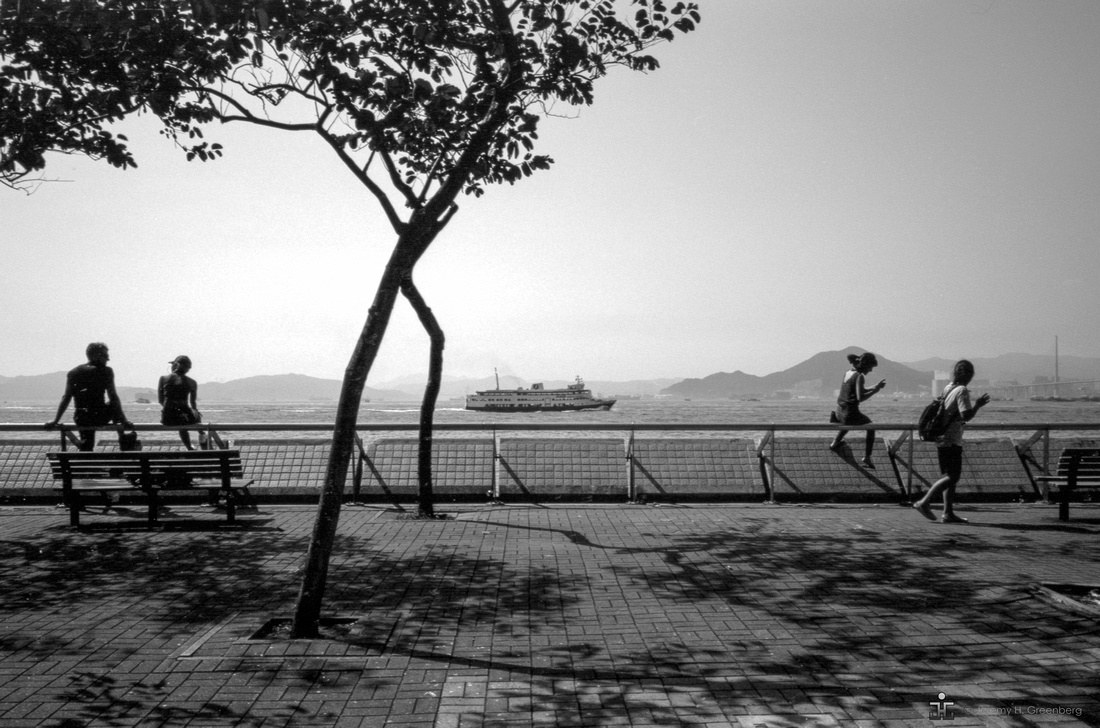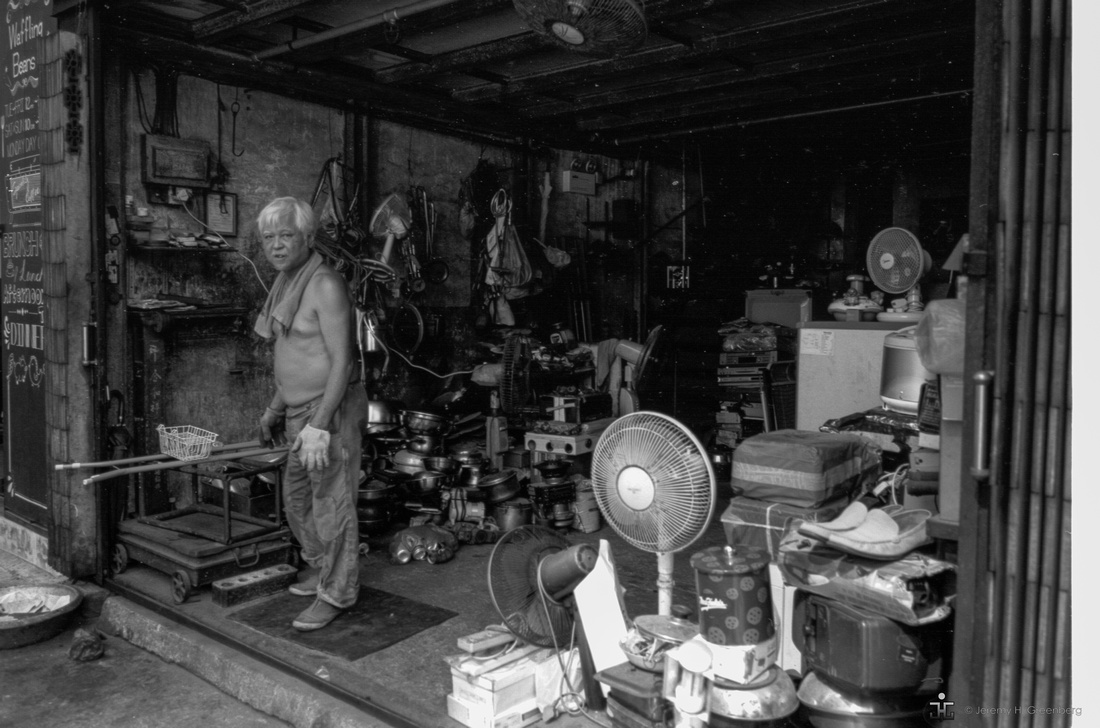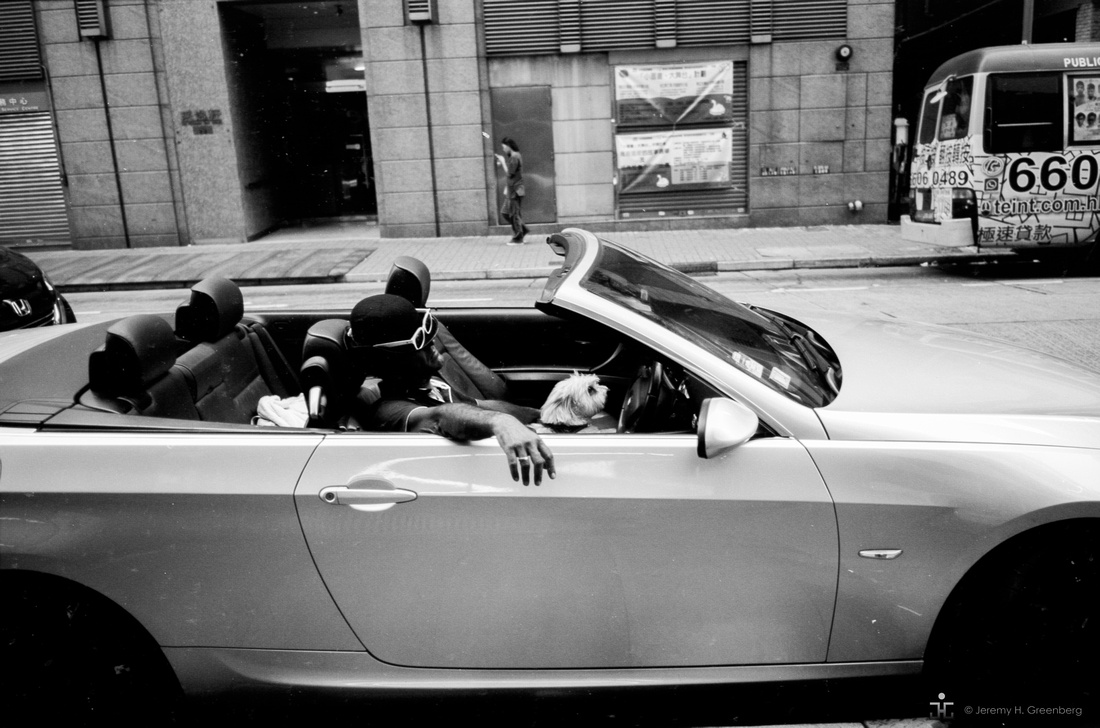Blog #76 Shoot What You Know
Blog #76 Shoot What You Know
Photography blogs and blogs talk a lot about projects and series. In fact, I have written about this some time ago in Blog #6 and Blog #16 on the topic of a Project 365. In most of these tutorials, the message is clear,
“Make a Series, Do a Project, It’s a good for you!”.
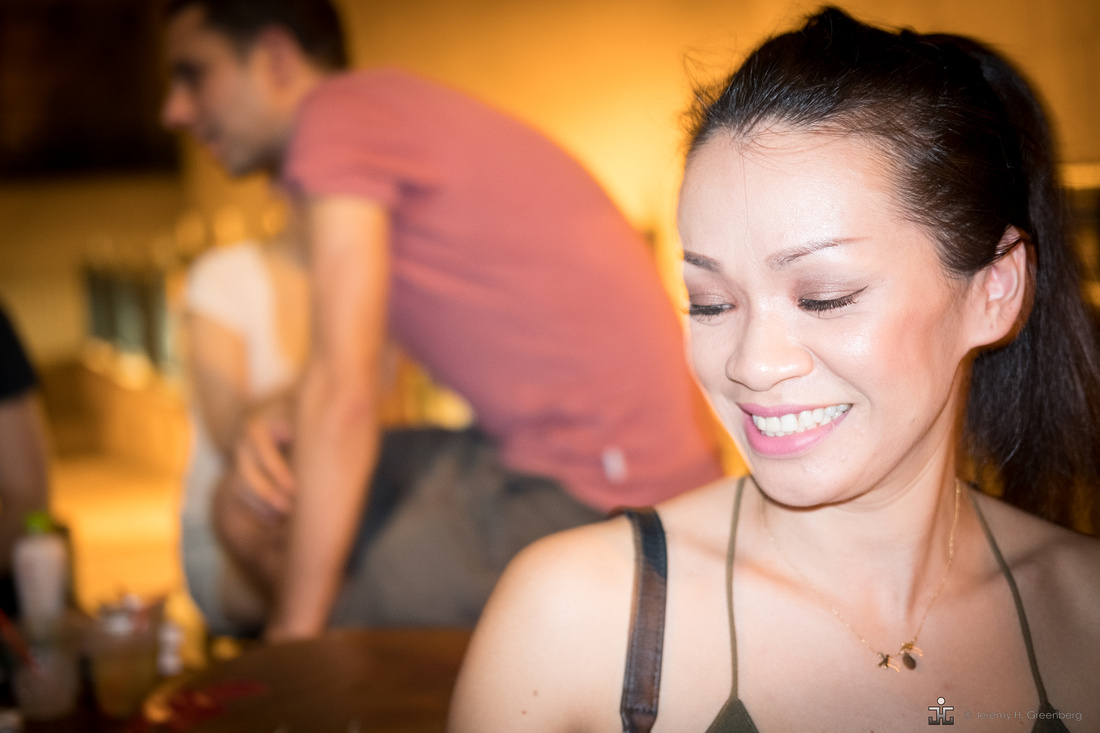

Projects and series are helpful because they provide an artist with focus. Projects and series usually have a beginning, a middle, and an end. Some tell stories. We all need closure from time to time. When one project or series is done, we are free [in a manner of speaking] to direct our creative attention elsewhere.
Some projects or series take years and most artists, I would expect are working on more than one at a time. A project or series can be a simple collection of related images but its strength will improve dramatically if you tie it to a story or a theme.
Ask yourself, “What is it that I am trying to say through this project or series?”
As to the content of the project or series, there are infinite possibilities. As a good and possibly safe place to start, you can shoot what you know.
Everyone has a unique history. Maybe you are a car nut, or animal lover, or you enjoy gardening. Did you used to love football when you were younger and have been itching to get back into the sport? Everyone has a hobby or passion. If you do not have at least one, you need one and fast.
Ok, so if you’re reading this you are likely passionate about photography, point taken. What else interests you? cooking? the beach? Find that thing, and make images of it.
Your passion for a subject or activity will give you a unique perspective that most of us will not have. Plus, your natural interest in the subject will motivate you to make pictures until a project or series emerges.
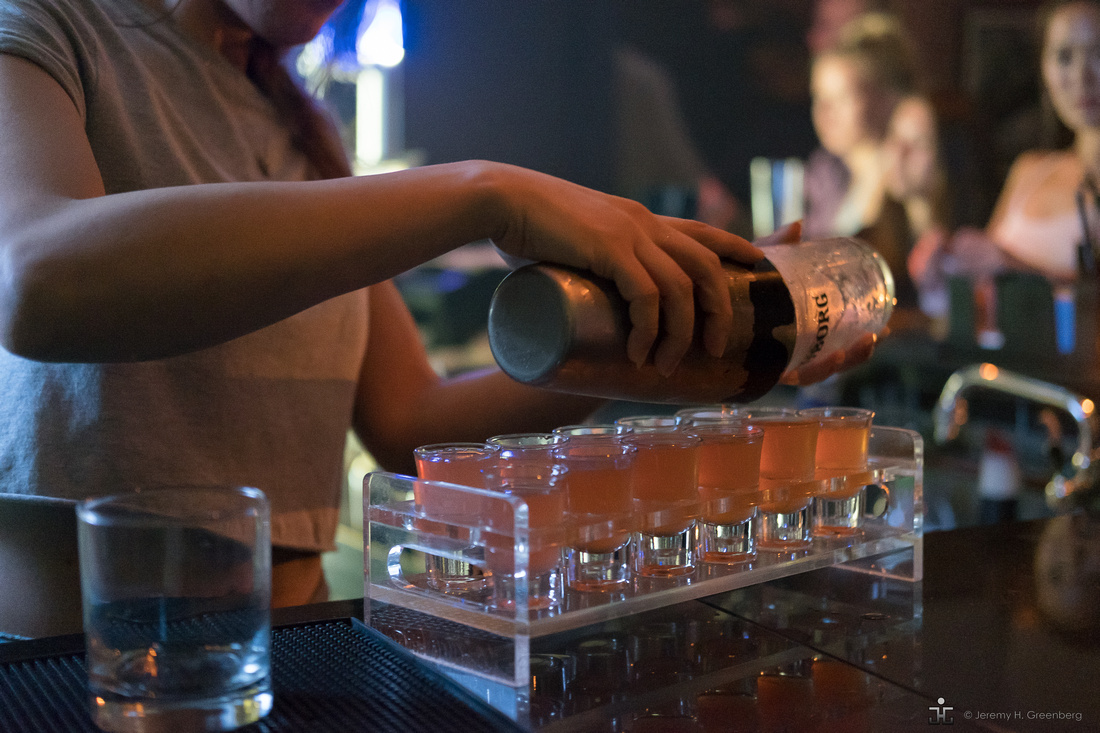

For example, after a long week of work, I like to go out to a bar or club and hear some live DJ music. I enjoy a drink or two [not too much] and talk with friends, some of whom I see from week to week. We catch up on our lives, unwind, and reboot for the coming work week. I have found this experience has allowed me a unique vantage for some fun and interesting image making.
The images here were made around town in bars and clubs like I’m describing here. What are your passions and interests beyond photography?
Comments are welcome.
Remember, the light is always right.
jhg
Casual Photophile Tip & Techniques No. 001 The Subject is the Subject
The Inspired Eye Photography Magazine Issue #40 (full interview)
Hong Kong Free Press: HKFP Lens
Blog #47 Composition, Composition, and More Composition
Blog #65 Summer is for Travel (Hanoi)
Blog #67 Risks, Rules, & Restrictions
Blog #68 Photography is a Gift
Blog #72 Living the Creative Life


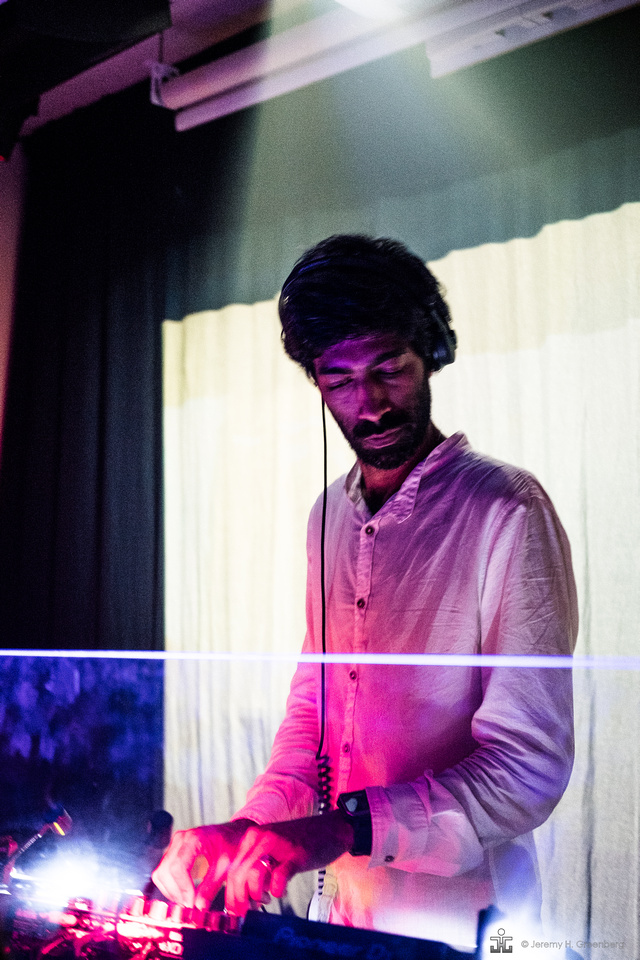

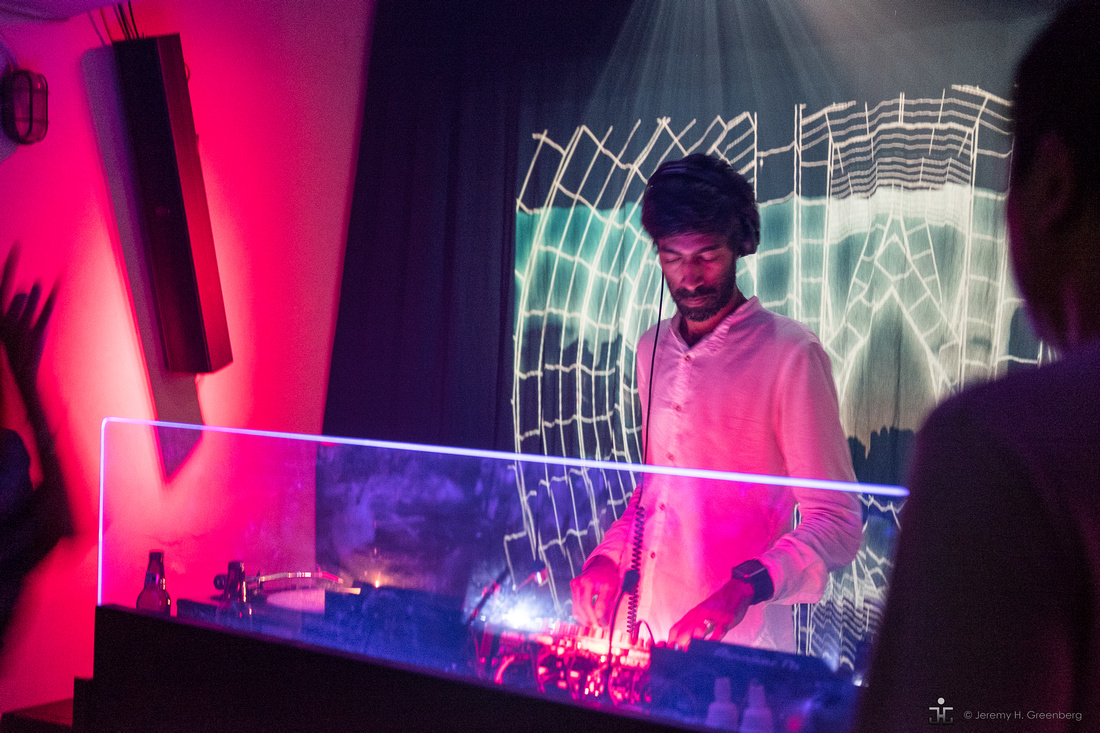

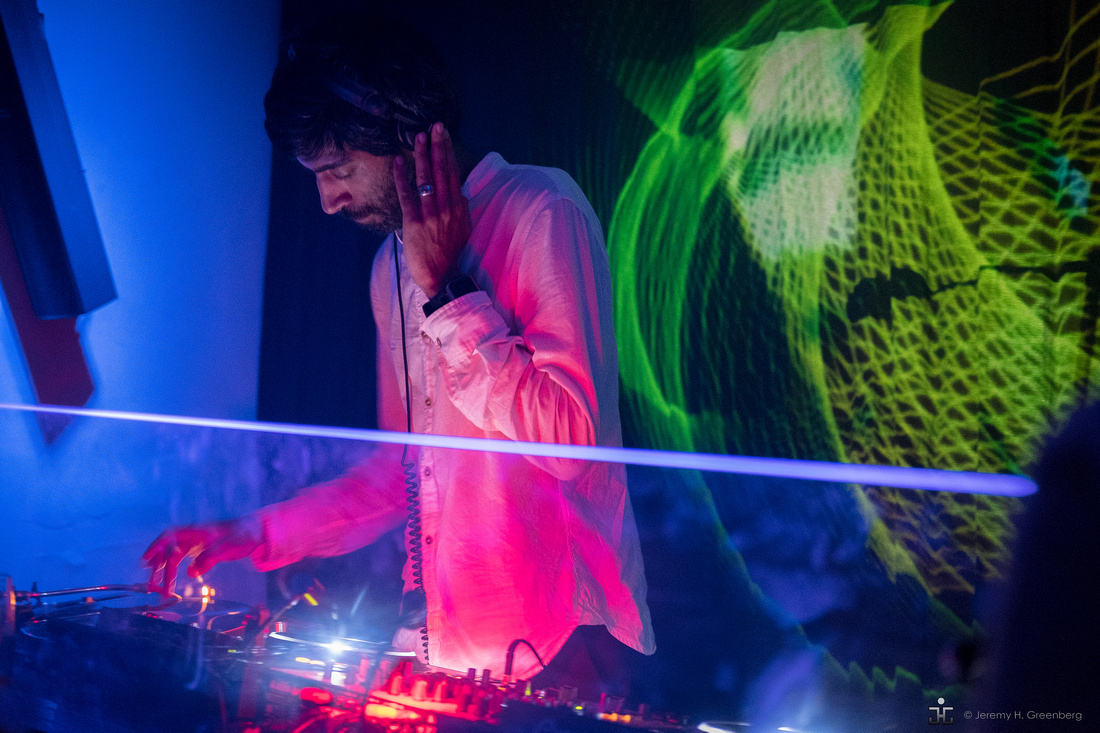

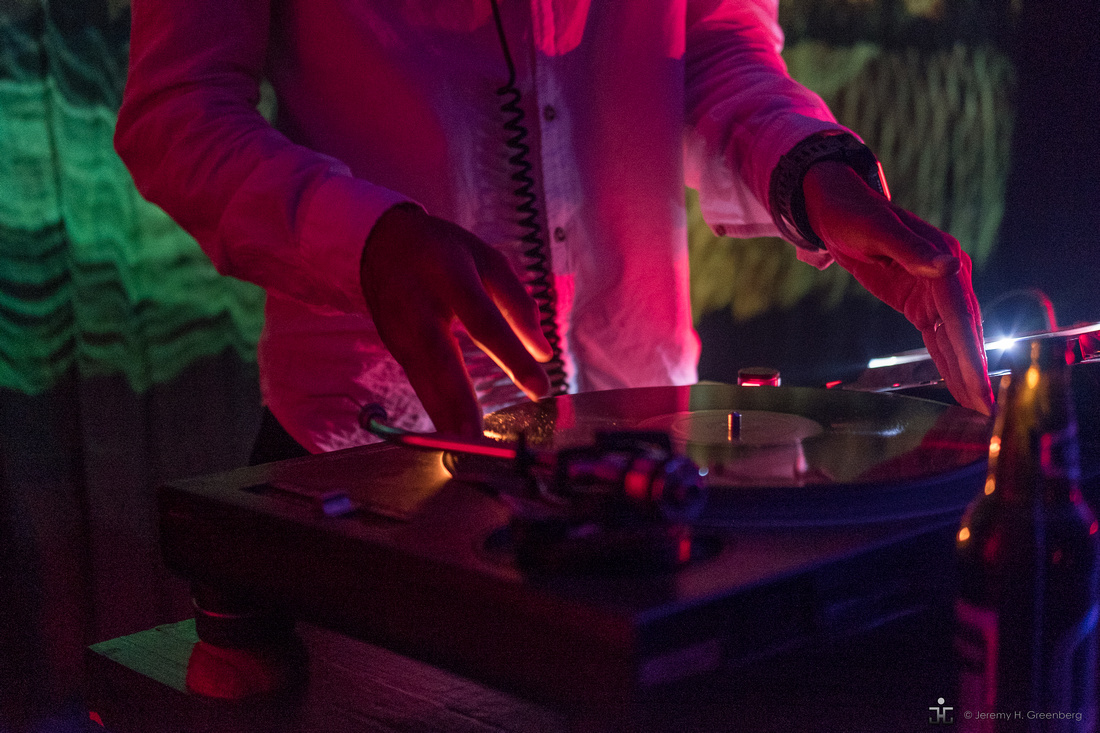



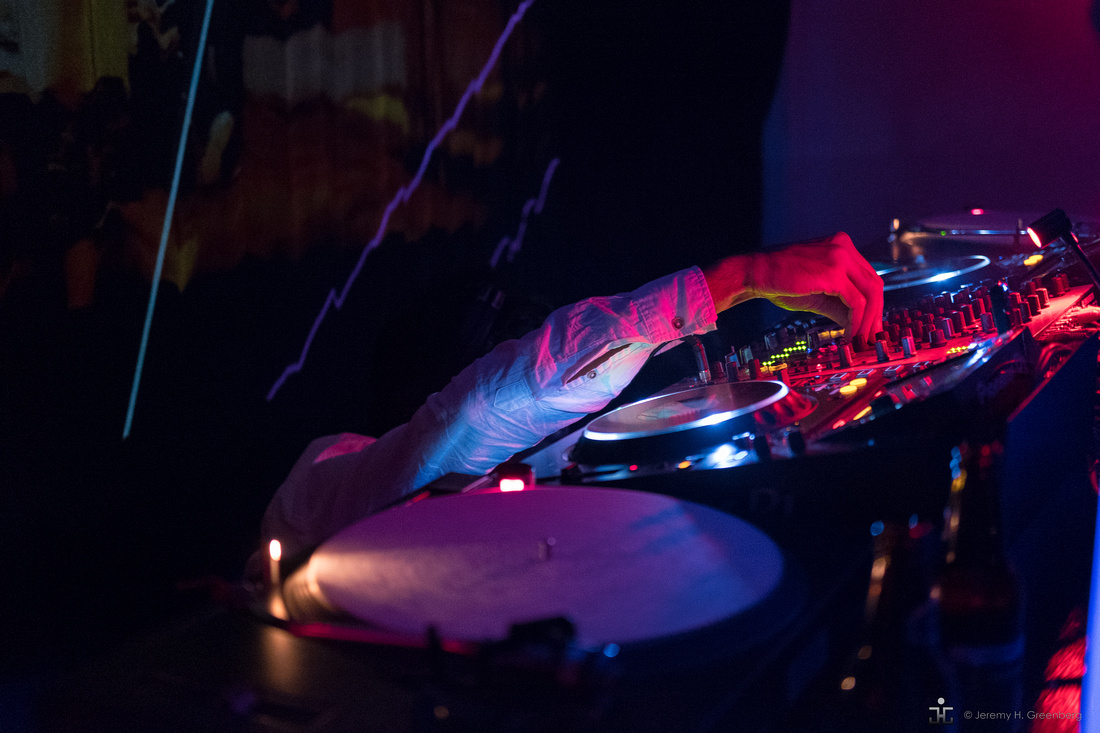

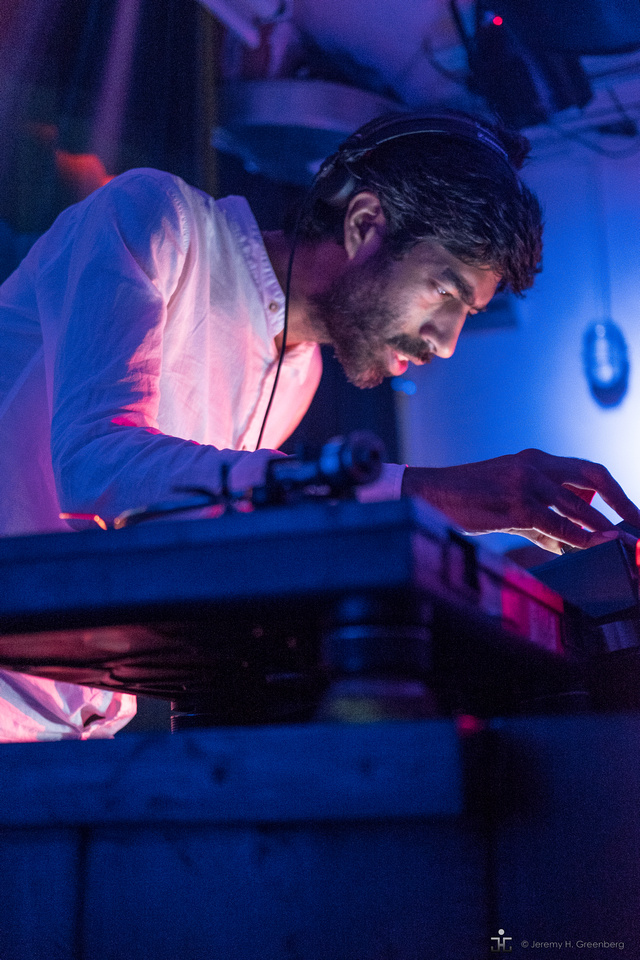

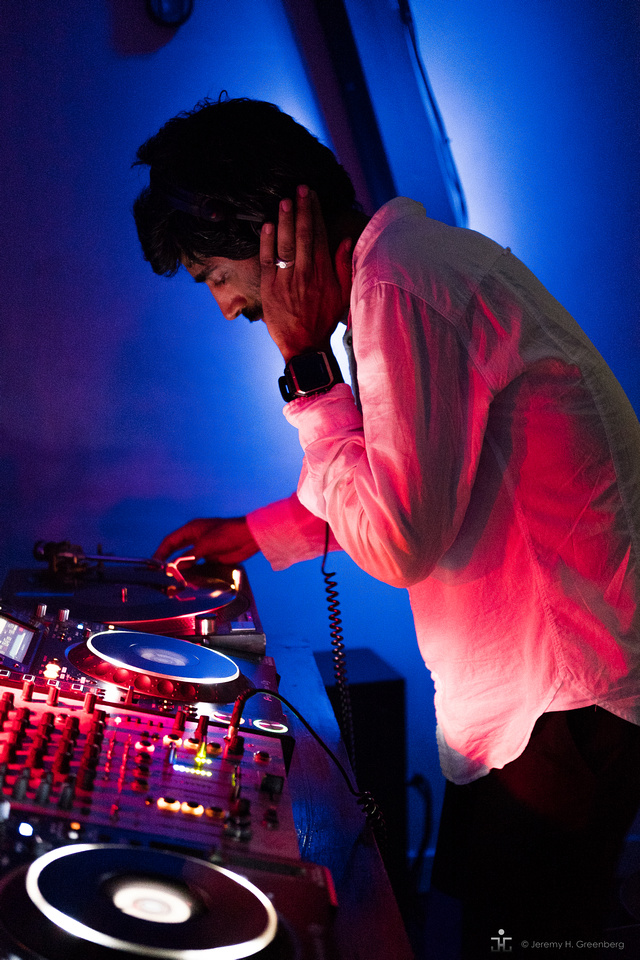

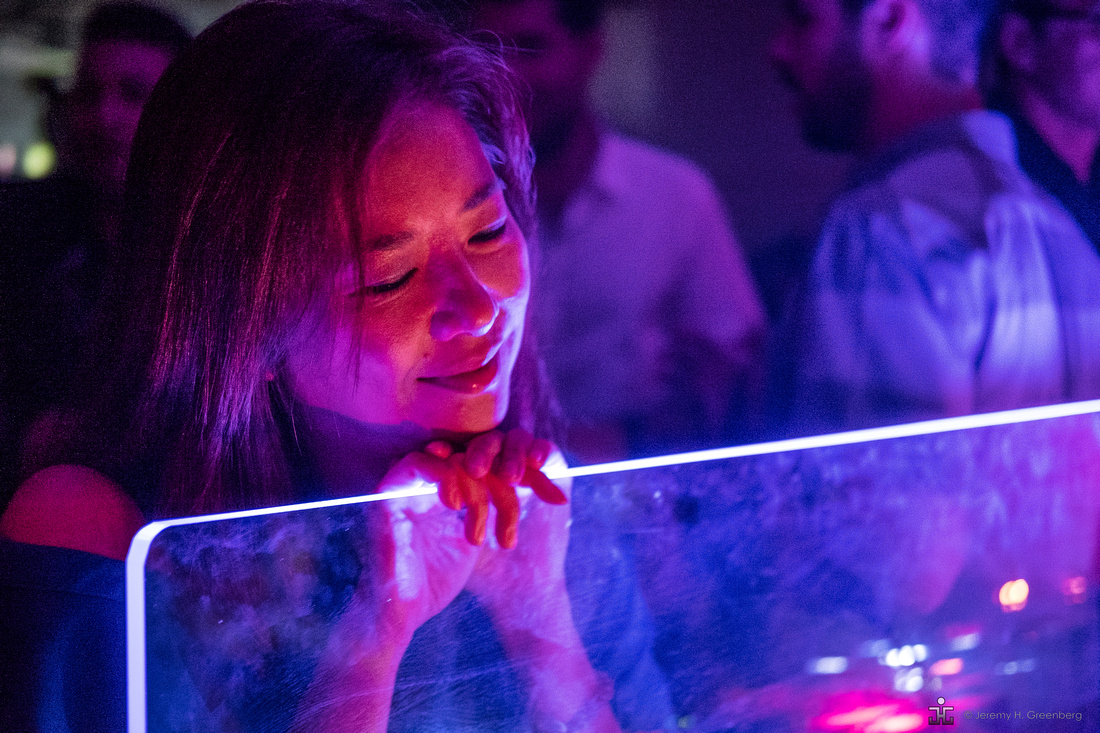

Blog #75 Greatness vs. Talent
Blog #75 Greatness vs. Talent
In the last blog I typed about education in photography for the purpose of improvement. This has been a reoccurring theme in my blog that you might have noticed. I make an effort, on a regular basis, to learn something new about photography and I share that process in the hope that it might inspire someone else to pick up a book, take an online course, or otherwise push themselves to fill their head with additional pearls of wisdom. Growth is the point as far as photography is concerned. We need to equip and inform ourselves so that we may become better at image making. When the gap between our vision and our images becomes closer, we grow.
Way back in May of this year there was a very well written piece titled “Great photographers need determination not talent” by Chris Killip from Huck Magazine. In this well-written piece it describes a seven year journey made by a photographer that resulted in determination, resilience, and good old-fashioned grit to finally get the shots that he was looking for. All this was after he picked up a camera and simply got to work with little to no formal instruction in the medium.
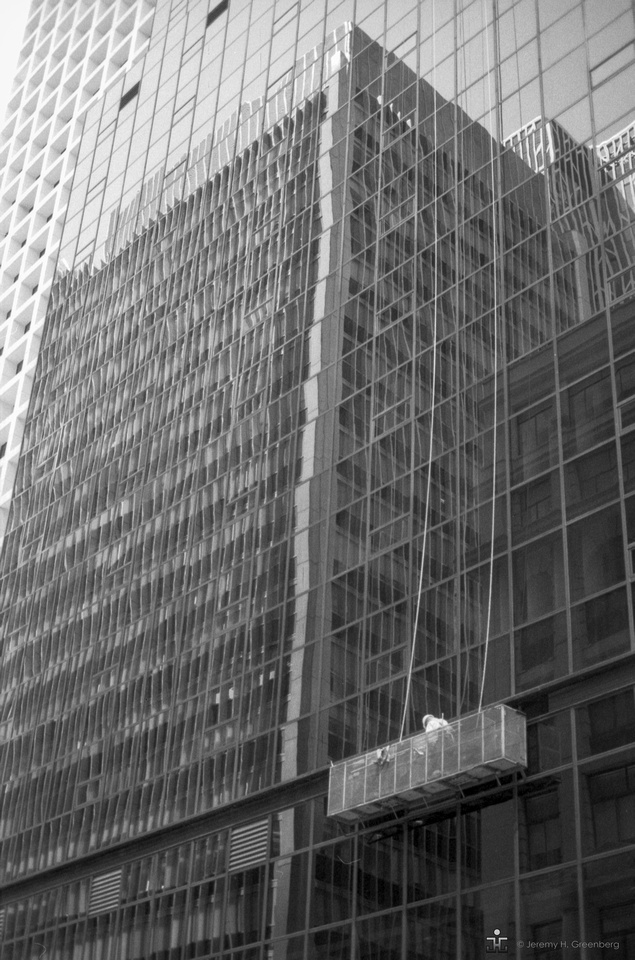

True genius is very rare.
I’m reminded of the old adage “How do you get to Carnegie Hall?”
“Practice, practice, practice!”
They say that true mastery of some skill requires around 10,000 hours of work. Those do not come easy, and photography is like anything else in that you get out of it what you put in. There are many roads to success and there is no formula since we are all different. However, practicing skills on a regular basis will likely create the conditions for improvement and personal growth.
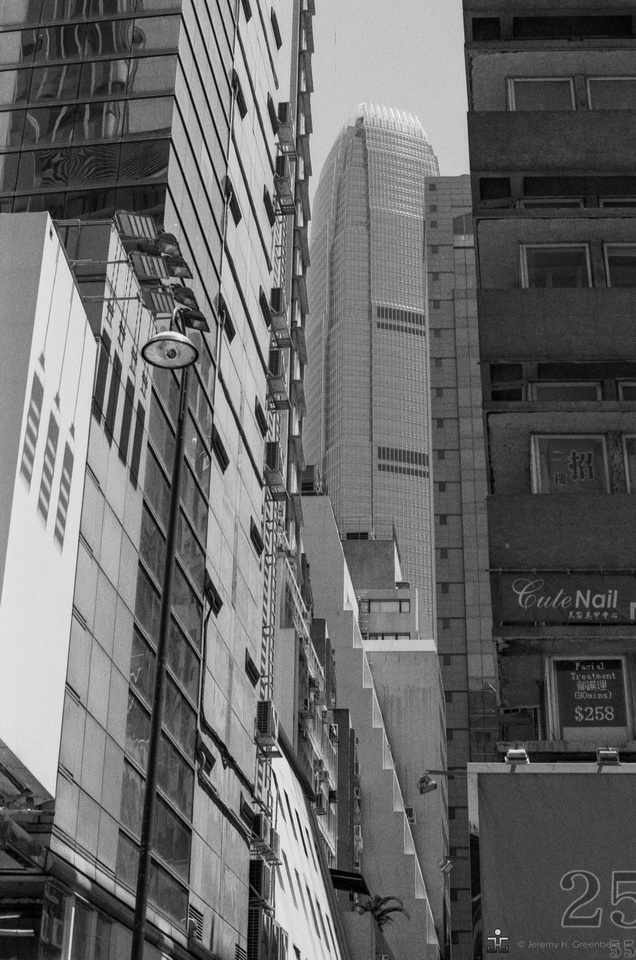

Here are a few tips that might work for you:
- Work on Projects on a regular basis to completion.
- Work on Series on a regular basis to completion.
- Edit and Sharing you work.
- Learn how to give and receive critique.
- Surround yourself with classic and modern resources in photography.
As cliché as it might sound, Greatness or perfection is a journey not a destination.
Try not to be perfect, just try to be better. This we all can achieve.
Remember, the light is always right.
jhg
P.S. The images in this blog post were made with a new brand of 35mm black and white 100 ISO film named Lucky (Made in China) given to me from a friend at CameraFilmPhoto. Check them out for outstanding film, products, and service.
Casual Photophile Tip & Techniques No. 001 The Subject is the Subject
The Inspired Eye Photography Magazine Issue #40 (full interview)
Hong Kong Free Press: HKFP Lens
Blog #47 Composition, Composition, and More Composition
Blog #65 Summer is for Travel (Hanoi)
Blog #67 Risks, Rules, & Restrictions
Blog #68 Photography is a Gift=
Blog #72 Living the Creative Life
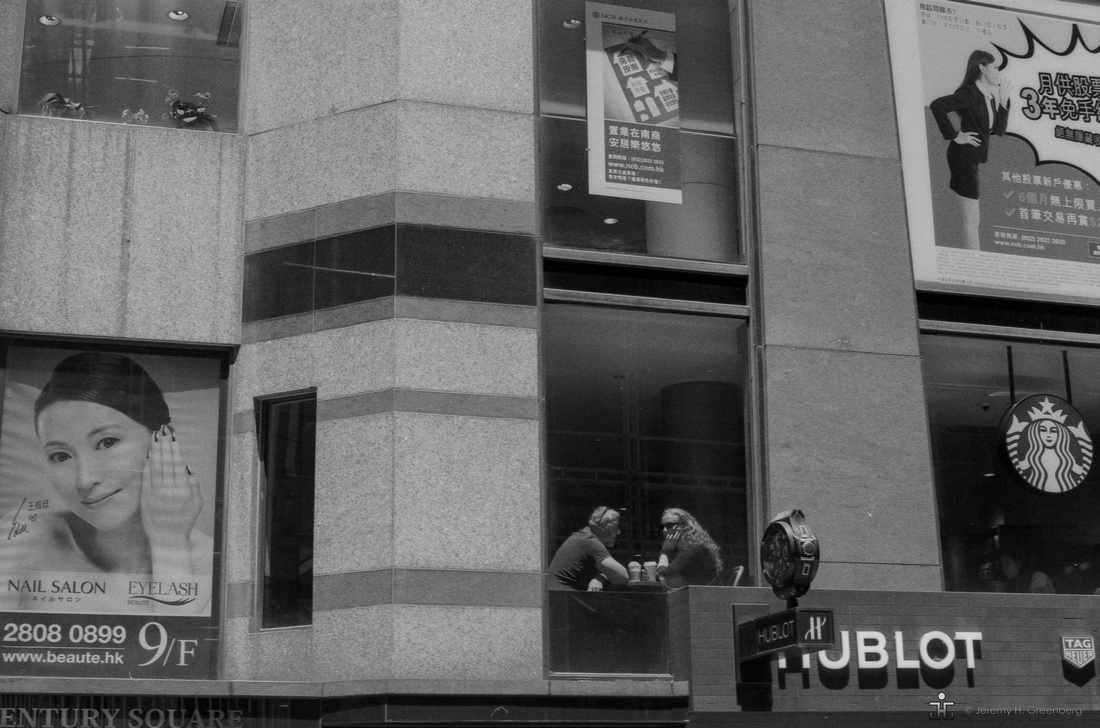



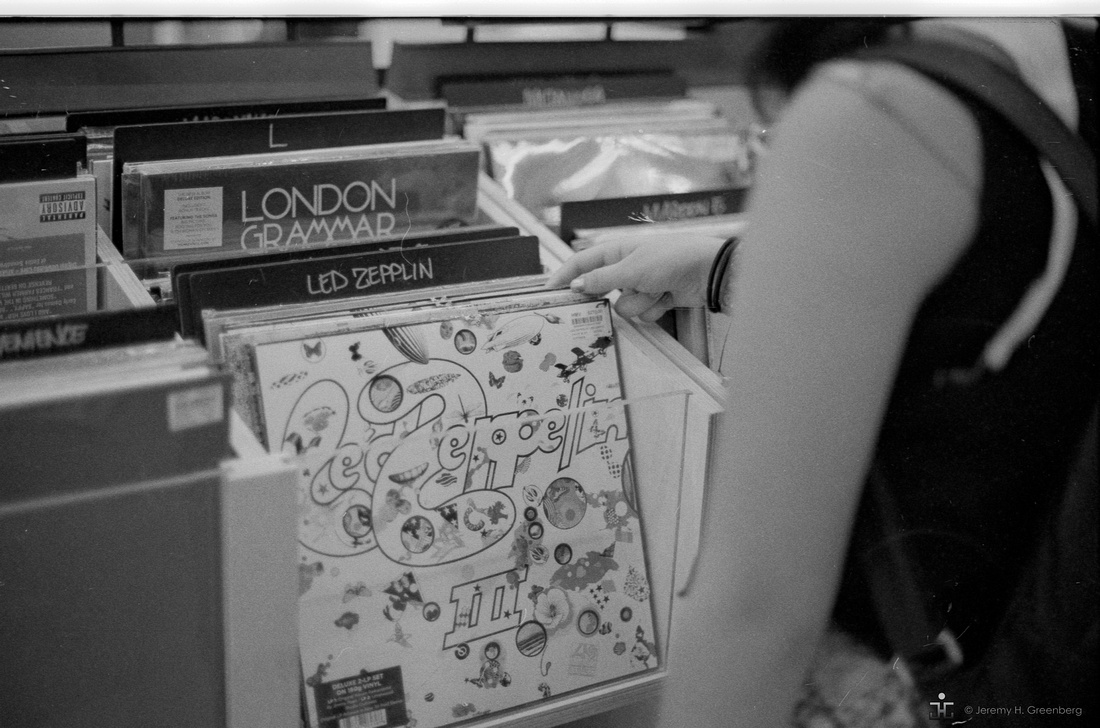

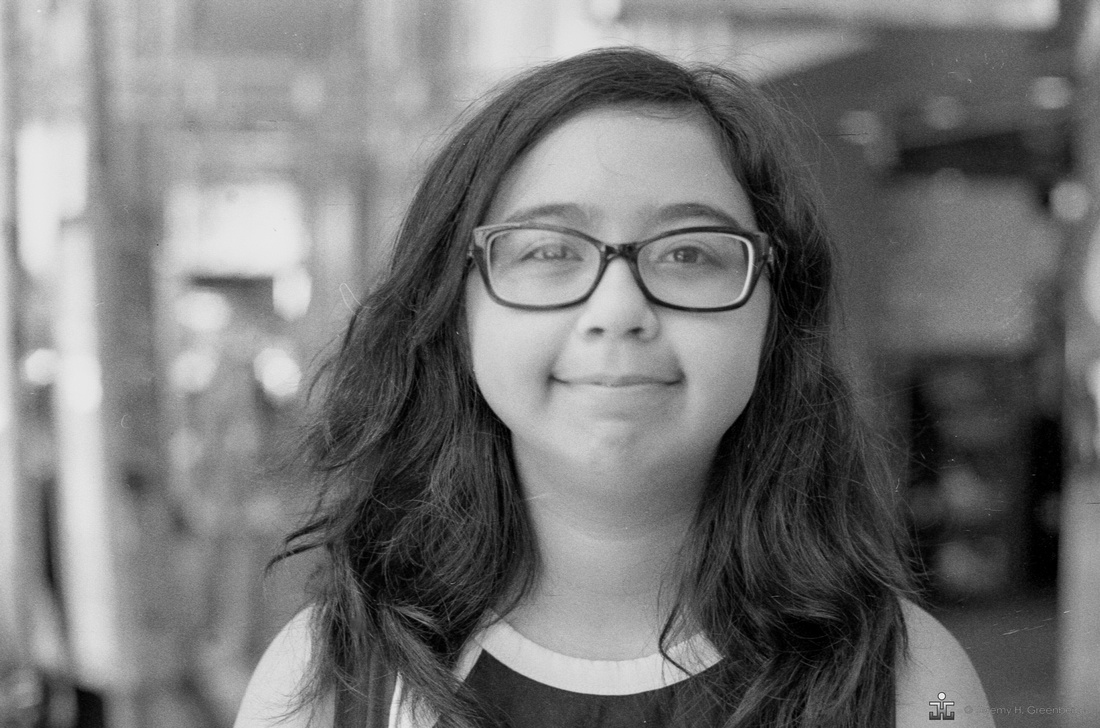

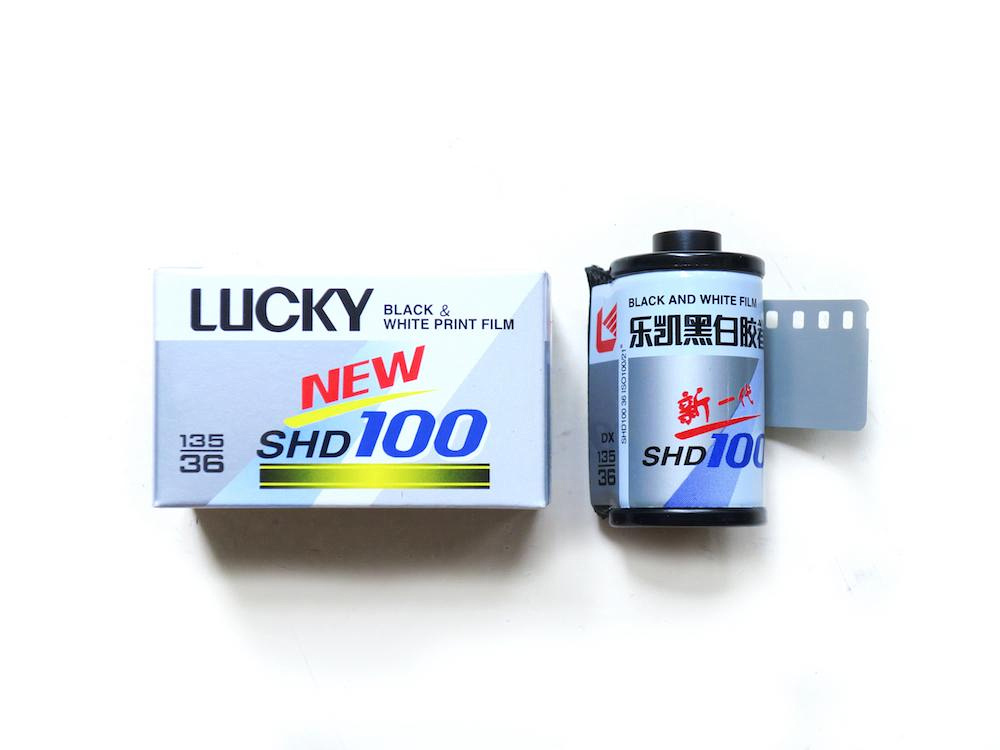

Blog #74 Keep on Keepin’ On
Blog #74 Keep on Keepin’ On
Learning is not the goal of life, it IS life, someone very clever once said. A post in a photography Facebook group asked recently if a university degree in photography was necessary. There were over 50 comments that followed. Just about every comment was about a resounding “No!”. However, I wonder how many of those “No” responses were from individuals who actually had gone to school for photography. I work with photographers who have bachelors’ and fine arts degrees in art or photography, and they never seem to have regrets. How can anyone argue that there is no value to pursuing a degree in photography? Higher education is a wonderful experience taught by professors with decades of formal, life, and professional photography experience.
Is formal study in photography necessary to make great work or to be successful (however you might define this) as a professional photographer? Most would agree that is is not. That being said, it couldn't hurt.
When I returned to photography about five years ago, I considered this course of action. I needed a more flexible learning program as I would have limited time to commit to learning photography, although I did want a comprehensive program. So instead of enrolling in a university program, I opted for an online course in professional photography (www.nyip.com). During this time and afterwards, I read everything that I could get my hands on, attended museums and shows, bought books from the greats, and generally took a deep dive using the “self-taught” method. I am still pursuing this. Last month, I completed the MOMA: Seeing Through Photographs from Coursera . You can choose to take this short six-week course for free or pay $50 US as I did to support the program and the MOMA and receive a certificate upon completion.
In the course, there was just the right amount of history presented alongside modern artists to keep things interesting. Instead of submitting a final project that included a photograph that we made, participants needed to submit an image and describe how it related to the units of study in the course. There were two 500 word written assignments that were required in the class as well as a few peer reviews.
I went through the class in a couple of weeks and the materials were very good. I would definitely recommend it to someone interested in photography at any level. They do not pay me to say that, by the way. I got my certificate for completion and it was a nice summer learning project.


The take-away here is that there is no end to the learning, although some effort is required to make it a deliberate process. It’s such a wonderful time to be photographer as there are a plethora of online resources, live workshops, face to face courses, and everything in between. There is really no excuse not participating in some form of improvement program on a regular basis.
Find what works for you, complete it, and repeat. Your vision will improve, your pictures will improve, and you will feel better about your art and yourself in the process.
The light is always right.
jhg
Casual Photophile Tip & Techniques No. 001 The Subject is the Subject
The Inspired Eye Photography Magazine Issue #40 (full interview)
Hong Kong Free Press: HKFP Lens
Blog #47 Composition, Composition, and More Composition
Blog #65 Summer is for Travel (Hanoi)
Blog #67 Risks, Rules, & Restrictions
Blog #68 Photography is a Gift
Blog #72 Living the Creative Life




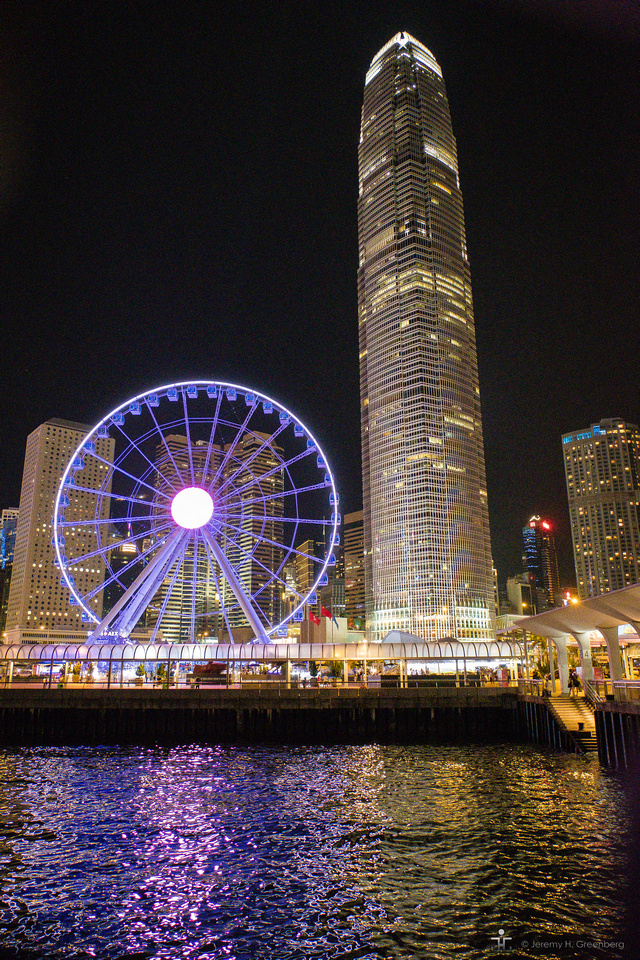

Blog #73 S-L-O-W P-H-O-T-O-G-R-A-P-H-Y [SHOOTING THE LEICA G (IIIA)]
Blog #73 S-L-O-W P-H-O-T-O-G-R-A-P-H-Y [SHOOTING THE LEICA G (IIIA)]
Photography [and creativity] runs in families…apparently. About a month ago, my youngest of two brothers, Alex, who lives in Chicago sends me a photo of a Leica III from about 1935. He reports that it was our father’s and that he had it CLA’d recently (that’s cleaned, lubricated, and adjusted for you wanna-be camera geeks out there) although Alex had never shot with it.
“Send it to me”, I said. “I’ll shoot with it”.
Ten days later, I unpack the box and there is it. A stunning and cleverly constructed all metal camera from Oskar Barnack and the Ernst Leitz Group from Wetzler Germany known today simply as Leica.
It was in great condition for an 82 year old machine. It’s small and heavy. Loading film, dialling in proper exposure, focusing using the range finder, and overall making images with this camera is slow, quirky, and down right frustrating at times. It was very easy to completely destroy two rolls of film in the process of getting the thing to work. The first roll was installed backwards (Duh!). The second roll was pretty much shredded as it ran through the camera. Then, it was back to YouTube to watch the film loading tutorials, again. After the film leader gets trimmed, you are supposed to take the lens off the camera, lock up the shutter, and visually inspect the film inside to make sure that it’s in the right place so that it runs through the camera properly, a complicated series of steps compared to more modern machines.
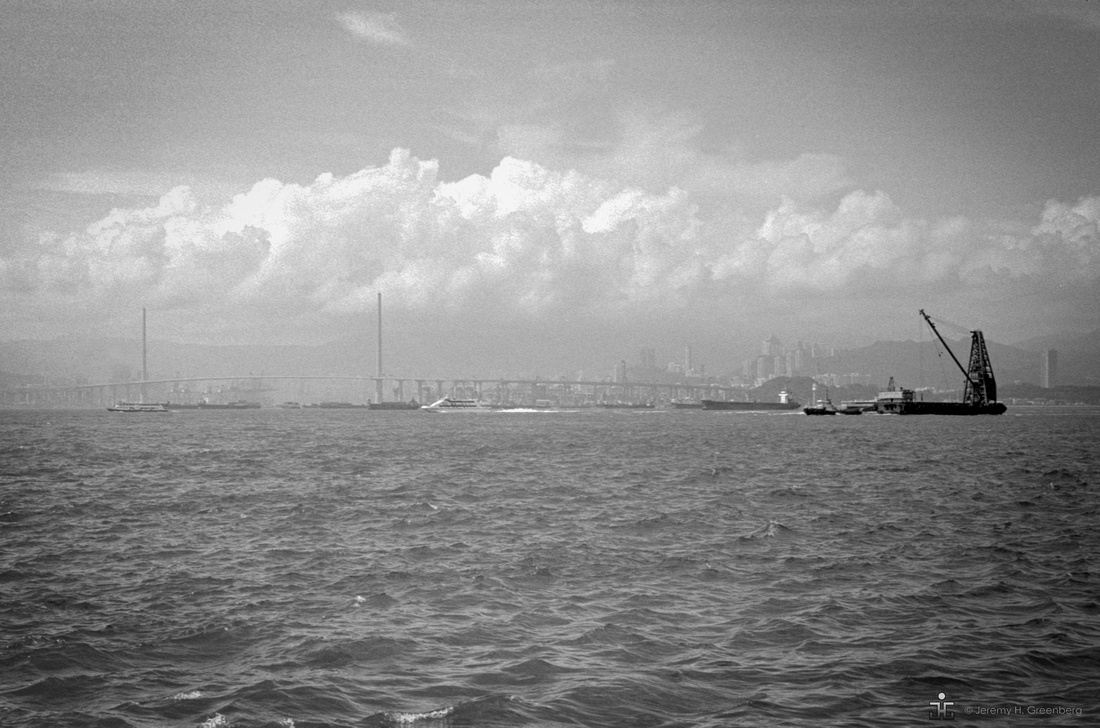

Using an external light meter, you gauge the light conditions, and then dial the aperture ring on the lens, lift and turn the way-to-small and sometimes-stubborn-to-move shutter speed dial, find the focus patch in a tiny and dimly lit view finder with no frame lines, say a short prayer, and press the shutter release button. This process takes a full 10 seconds on average! That’s like an eternity for our modern Snapgramtwitface culture.
After a while you sort of get the hang of it. After all, it’s a Leica, and it’s beautiful and the 50mm f/2 lens is quite capable and makes excellent images. I burned through of couple of rolls of Kodak Tri-X 400 in black and white and then some Portra 400. Sample images are in this blog post so that you can get a sense of what the Leica III with a Summitar 50mm f/2 can do with film.






There are tones of reviewers out there, and I do not intend to add to the existing noise in that department. Nevertheless, if you are looking to get into a Leica system on the cheap, this is the way to do it. You will need a small hand-held light meter as well or just guess and pray. It’s a challenging, fun, and rewarding camera to use. The best part is the channelling of your inner Cartier-Bresson and other great of yesteryear.




So I get some decent images out of this thing after wearing it for a week. Of course I scan them and share them with my family and a few friends. My Uncle Daniel tells me that it was my grandfather Jack’s and that he had a darkroom in their apartment, years ago.
This 1935 Leica was my grandfather’s, then my dad’s, now I have it and it works like a charm. It’s my most special camera now and I will eventually teach Milo, my 10 year old how to use it. He has a Nikon FM2 that he shoots in full manual, but there is a light meter built in to the Nikon, a handy feature indeed.
So there it is, photography runs in families. It’s in my genes. What creative activities have your grandparents been involved with? I’m sure that there are some. At the very minimum, they built families, careers, and they made your parents who, in turn, made you. Creativity is in us all. You just need to know and appreciate that. This is your starting point. The rest is up to you.
The light is always right.
jhg
Blog #58 Micro & Macro Education in Photography
Blog #52 Marc Levoy’s 18 Lectures on Digital Photography
Blog #42 It’s All in the Details
Blog #40 Shooting for the Sport of It


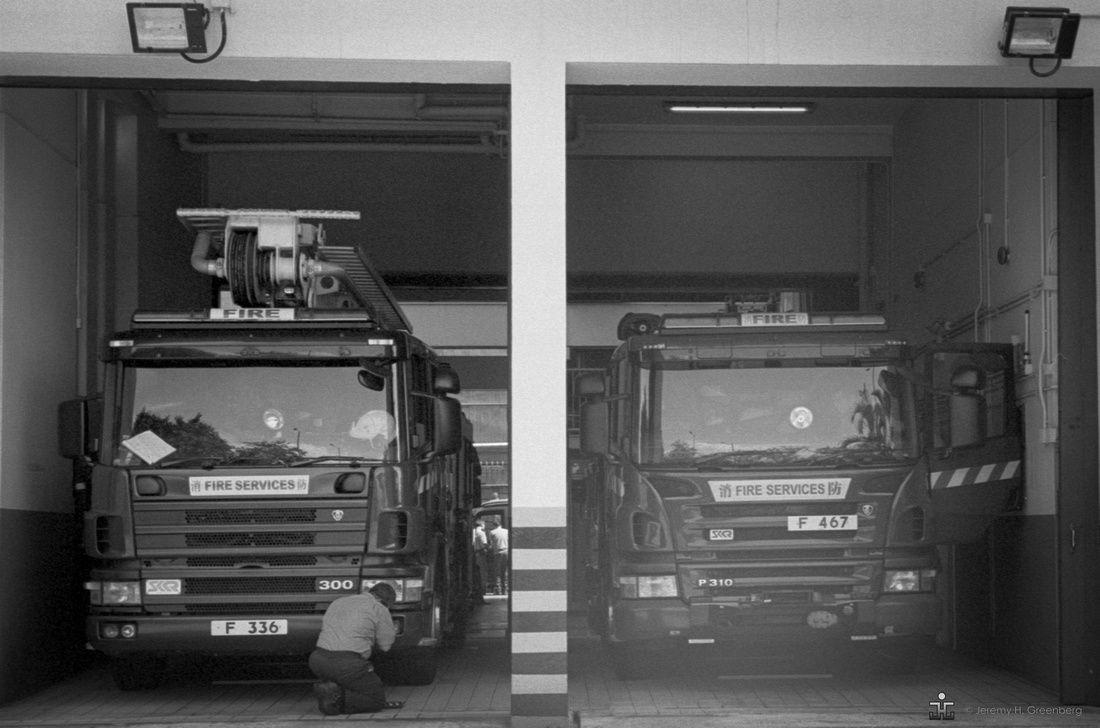

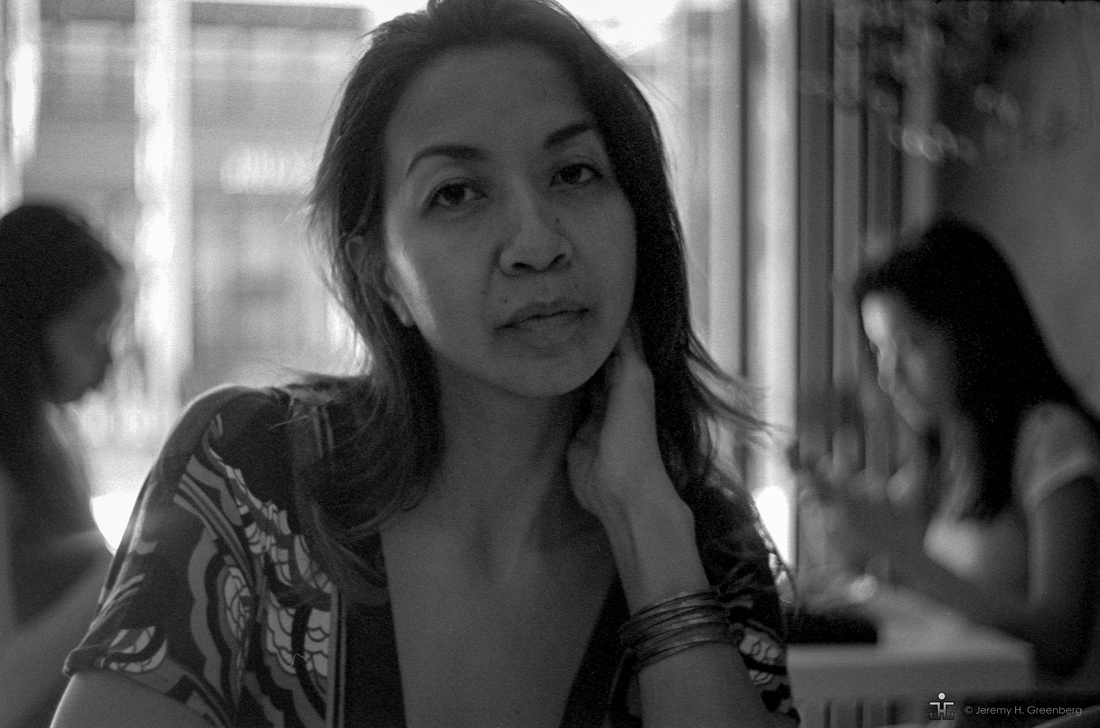

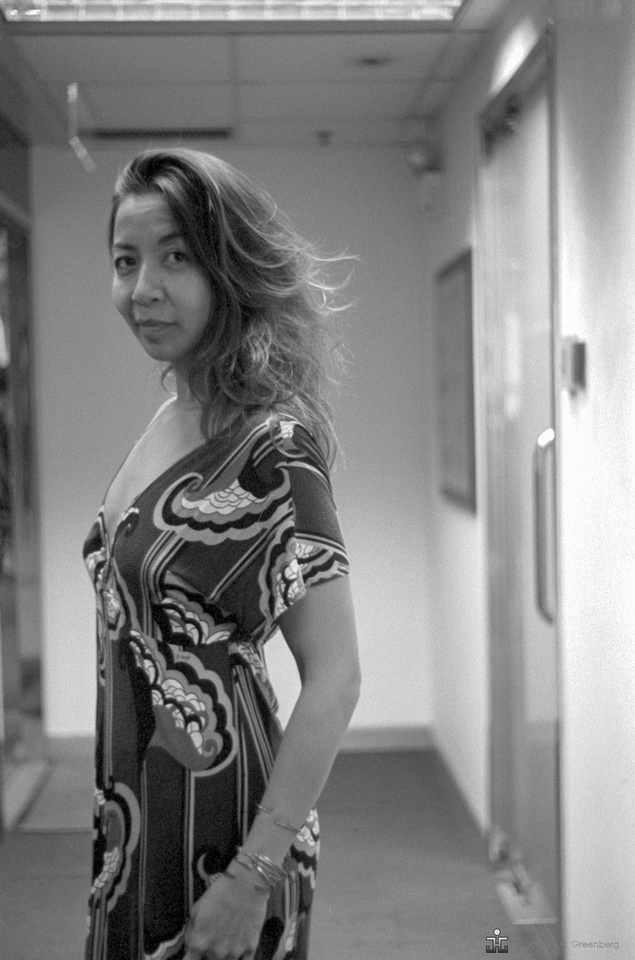



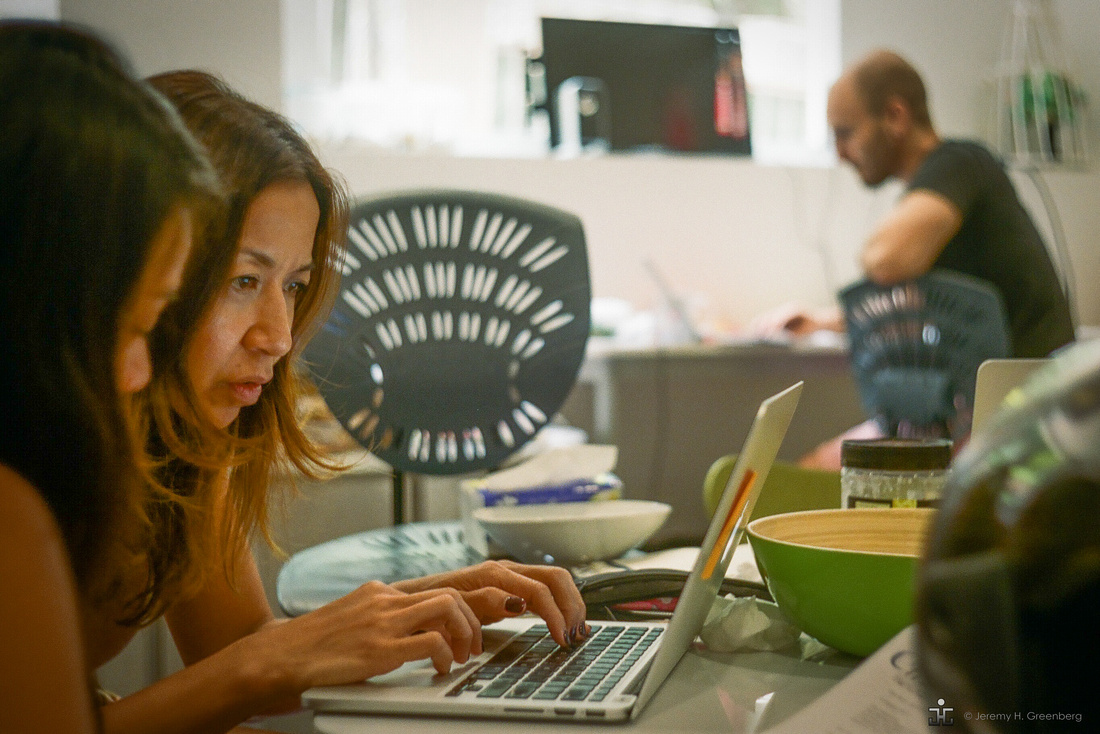

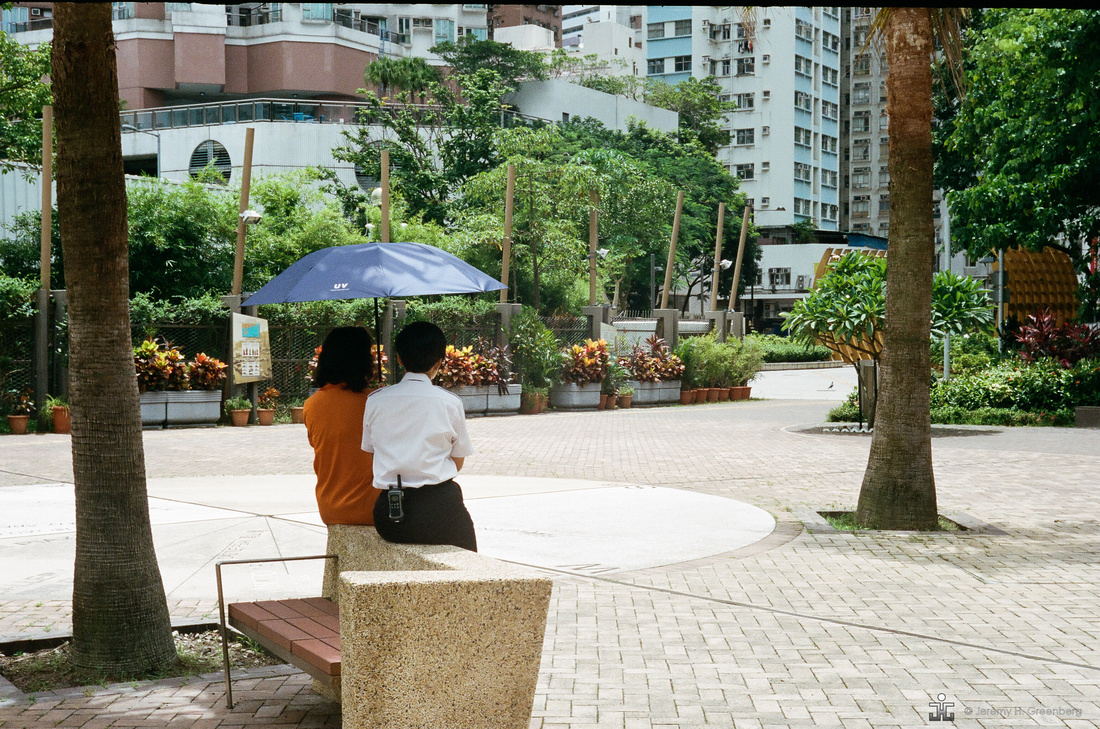





Blog #72 Living the Creative Life
Blog #72 Living the Creative Life
The creative life is definitely the road less travelled by as might be described by poet Robert Frost. The last line his poem titled The Road Not Taken is “And that has made all the difference.”
Walking the creative path, as it were, it not easy. Some of us are there by choice, by compulsion, or other means. Regardless the reason, like a pious existence, is quite challenging. Staying motivated is the name of the game and we all have our ups and downs as we ride our creative rollercoasters through life.
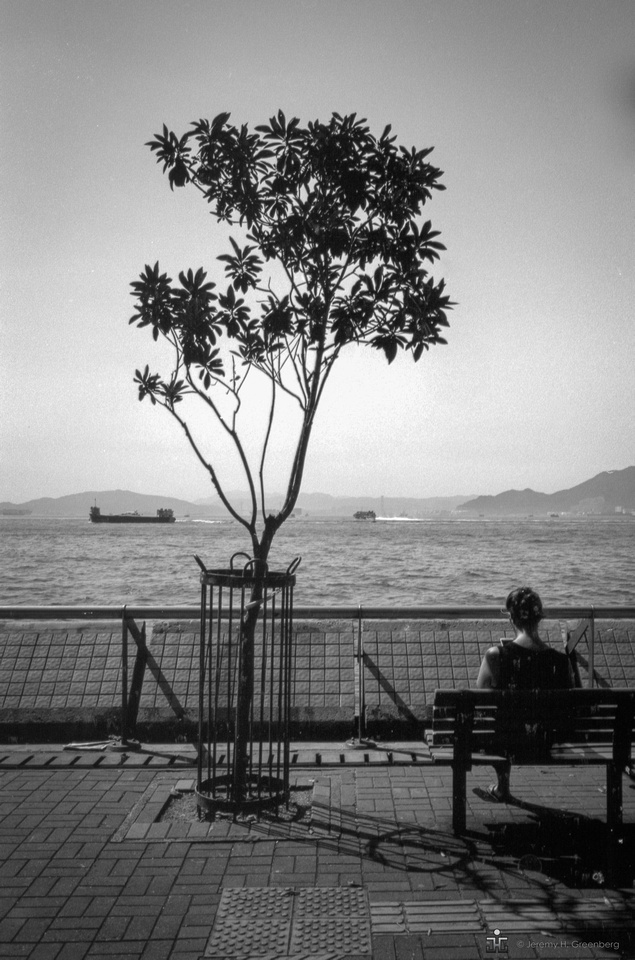

In last week’s Blog on the topic of working creatively, I feel that there is more to explore and share on this complex and personal topic. Isabella Scott in Artsy shares that our most creative years are often after 60. Really? Why must we wait so damn long? Does anyone else simply hate to wait?
In another piece from Artsy, a project titled Art Oracles: Creative & Life Inspiration from Great Artists was described. In this project, there are 50 cards each of which shows a famous artist and contains some words of wisdom that summarise their artist approach, philosophy of life. These cards are entertaining but were also created to assist with creative block. Like writer’s block photographers and other creatives can get stuck, uninspired, or simple lose their drive to make art.
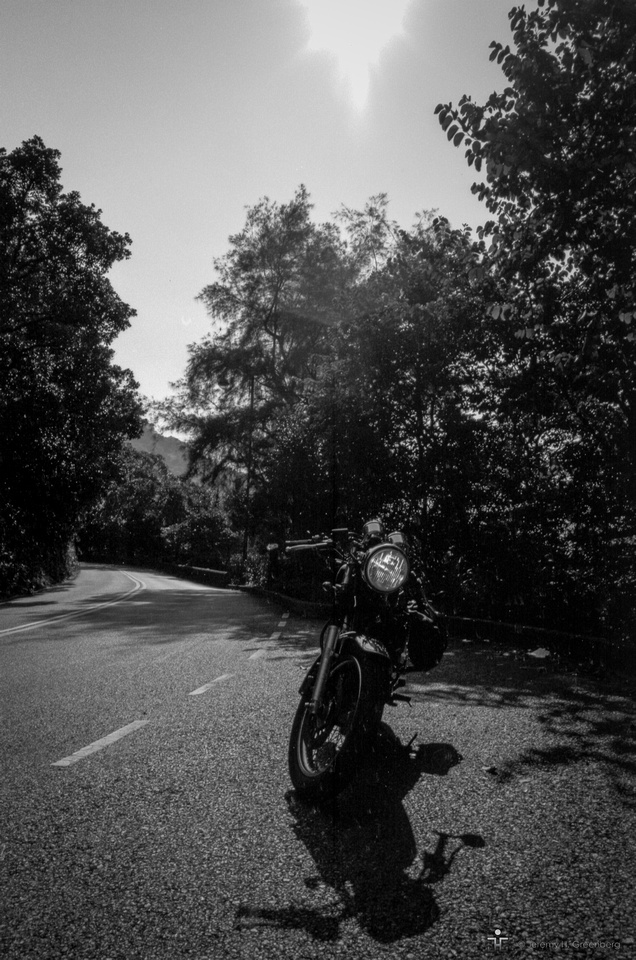

“Inspiration is for amateurs, the rest of us just show up and get to work”,
said brilliant and successful artist and photographer Chuck Close. Most of his work has been done through his being in a wheel-chair, mind you.
I guess that there is no formula for success since we all have different backgrounds and paths ahead that we must travel. If we must work and create, then we must. If we cannot, then we cannot, or we must wait. Each of us must find our own ways to keep the creativity train on the tracks. Patience, persistence, and the need to create art must all be present for novel work to result.
I hear the echoes of the toy fixer guy from the original Toy Story Movie “You can’t rush ART!”
Fine.
Remember, the light is always right.
jhg
*Images in this blog post are original and made with Film Ferrania P30 Alpha Black and White
35mm Film ISO 80*
Blog #58 Micro & Macro Education in Photography
Blog #52 Marc Levoy’s 18 Lectures on Digital Photography
Blog #42 It’s All in the Details
Blog #40 Shooting for the Sport of It
